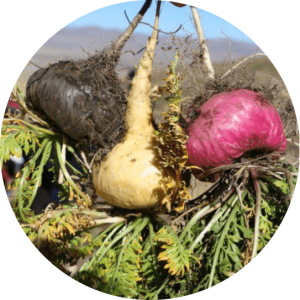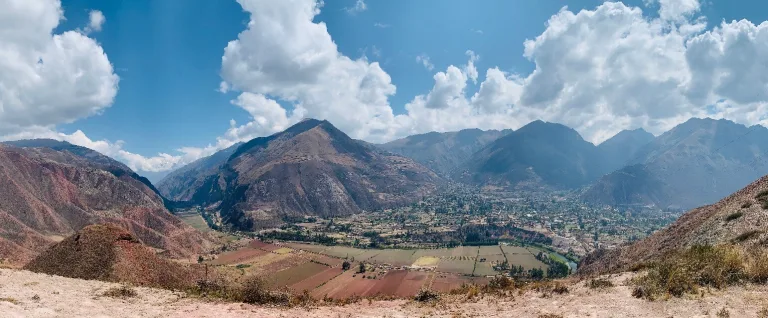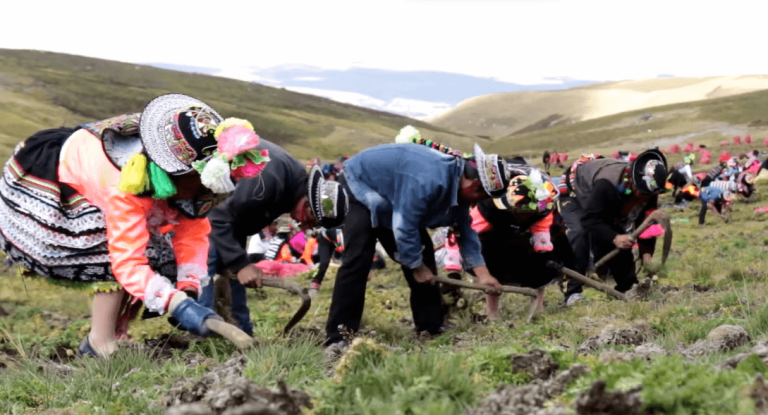Unearthing the Origins: Where Does Maca Come From?

Table of Contents
Introduction
At Andean Taste, we take immense pride in sourcing and exporting the finest superfoods from the heart of Peru. Among our prized offerings is maca, a powerful root that has gained international recognition for its health benefits.
But have you ever wondered where maca comes from? In this blog post, we’ll take you on a journey to uncover the fascinating origins of this remarkable superfood.
Maca: A Superfood with Ancient Roots

Maca, scientifically known as Lepidium meyenii, is a cruciferous vegetable native to the high-altitude regions of the Andes mountains in Peru. This hardy plant has been cultivated and consumed for thousands of years by the indigenous people of the Andes, including the Incas. In fact, maca has been a staple in their diet and traditional medicine for centuries.
The Geographic Heart of Maca Cultivation

The story of maca begins in the rugged landscapes of the Peruvian Andes, where it thrives at altitudes of approximately 2,700 to 3,900 meters above sea level. These high-altitude regions are characterized by extreme weather conditions, including intense sunlight, cold temperatures, and harsh winds. It is precisely these challenging conditions that contribute to maca’s unique adaptogenic properties.
Growing Maca: A Labor of Love
Cultivating maca is no small feat. The plant requires well-drained soil, minimal rainfall, and a long growing season that spans several months. It’s primarily grown in the Junin and Pasco regions of central Peru, where the soil composition and altitude are ideal for its cultivation. The traditional farming methods used by local farmers have been passed down through generations, ensuring that maca maintains its exceptional quality and potency.
Harvesting the Maca Root

Maca plants typically reach maturity after seven to nine months, at which point the tuberous roots are ready for harvest. The root is the part of the plant with the most significant nutritional value and is what we process to create maca powder. The roots can vary in color, including shades of yellow, red, and black, each offering slightly different nutritional profiles and potential health benefits.
Bringing Maca to Your Table
Once harvested, the maca roots are carefully cleaned, dried, gelatinized and milled into a fine powder. This powder is what you find in our Andean Taste products, ready to bring its nutritional goodness to your table. Maca is known for its energy-boosting, hormone-balancing, and adaptogenic properties, making it a versatile addition to your daily diet.
Conclusion
In conclusion, maca’s journey from the heights of the Peruvian Andes to your pantry is a remarkable one. It’s a journey that speaks to the rich traditions of indigenous Peruvian farming and the incredible adaptability of this superfood in the face of challenging environmental conditions.
At Andean Taste, we are committed to sharing the incredible benefits of maca and other superfoods from Peru with the world. We take pride in our role as stewards of this ancient tradition, ensuring that the maca you receive is of the highest quality and potency.
So the next time you enjoy a scoop of our maca powder, you can appreciate the extraordinary journey it has taken to reach your plate, all the way from the pristine Andes mountains of Peru. We invite you to explore our range of superfoods and experience the Andean Taste difference for yourself.

